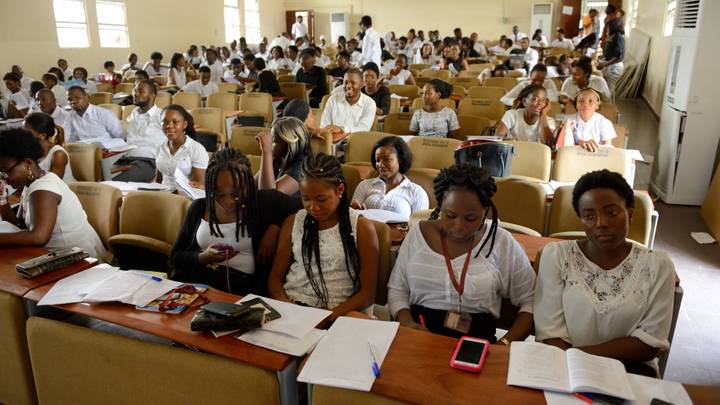The federal government says 30 percent of the annual revenue of the Tertiary Education Trust Fund (TETFund) will now be funnelled into the student loan scheme.
Bayo Onanuga, special adviser to the president on information and strategy, was at a briefing on the Economic Stabilisation Bill in Abuja.
In what he described as a significant shift, Onanuga said 30% of TETFund resources will now dedicated to supporting the Nigerian Education Loan Fund (NELFUND) for student loans.
TETFund, established in 2011, primarily monitors the disbursement of education tax to public tertiary institutions in Nigeria.
Advertisement
It provides supplementary support to public tertiary institutions as infrastructure, staff training, and research funding among others.
The fund’s main revenue source is the three percent education tax paid from the assessable profit of companies registered in Nigeria.
Onanuga said funnelling a cut of TETFund resources into NELFund is crucial for enhancing student access to tertiary education.
Advertisement
“The funds previously used for infrastructure will now support student loans, ensuring that all children can attend school, regardless of their financial status,” he added.
O’tega Ogra, a senior special assistant to the president on digital media, said the change aims to bolster student enrollment in public higher institutions by redirecting funds from TETFund’s infrastructure projects.
He said part of the effort to increase the funding pool of the student loan scheme is increasingly redirecting the proceeds of illegal activity recovered by anti-graft agencies for use by NELFund.
Ogra said it will also no longer be mandatory for public varsities to remit their internally generated revenue to the federal government.
Advertisement
In late 2023, a policy requiring public tertiary institutions to pay up to 40 percent of their IGR into the federal government’s account was rescinded.
Ogra said these institutions can now fully utilise their IGR to fund their operations.
“We know more funding is needed. These measures are interim steps to bridge those gaps,” he added.
Advertisement
Add a comment









